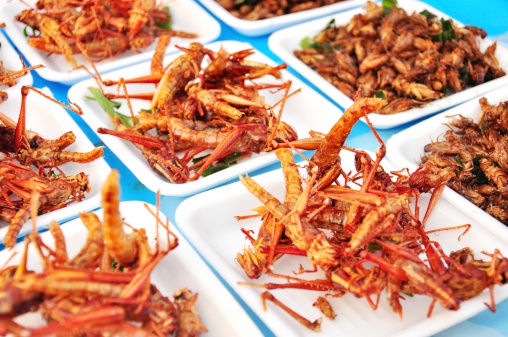
Archive for dicembre, 2014
Food around the World
10.12.2014

The kind of food we eat depends on which part of the world we live in, or which part of our country we live in. For exemple, in the South of China the eat rice, but in the North eat noodles. In Scandinavia, they eat a lot of herrings and the Portuguese love sardines. But in Central Europe, away from the sea, people don’t eat so much fish, they eat more meat and sausages. In Austria, Germany and Poland, there are hundreds of differents kinds of sausages. In North America, Australia and Europe, there are two o more courses to every meal and people eat with knives and forks. In China there is only on course, all the food is togheter on the table, and they eat with chopsticks. In parts of India and the Middle East people use their fingers and bread to pick up the food.
Nowadays it is possible to transport food easily from one part of the world to the other. we can eat what we like, when we like, at any time of the year.
Banana come from the Carribbean or Africa; rice comes from India or the Usa; strawberries come from Chile or Spain.
Food is very big business. But people in poor countries are still hungry, and people in rich countries eat to much.
Commenta ed unisciti alla discussione>>
In Francia, dal Carrefour all’Auchan è possibile da poco acquistare snack salati a base di insetti e mentre i consumatori si dividono tra disgusto e curiosità, la Fao sottolinea la necessità di un’alimentazione in cui le proteine non possono rimanere solo quelle derivate dalle carni rosse o bianche, gli insetti infatti, sono ricchi di grassi, proteine e sali minerali, ritenuti una vera prelibatezza nel mondo orientale.
Gastronomi, organizzazioni umanitarie e scienziati sono tutti d’accordo nel percorrere questa strada, che porterà nel 2050 l’adeguato apporto alimentare ad una popolazione mondiale in costante crescita.
Commenta ed unisciti alla discussione>>Novel food, arrivano gli insetti
10.12.2014
Focacce con scamorza e grilli, polpette di riso e larve, salsiccia e vespe, filetto di maialino con bachi da seta e per concludere budino al cioccolato con menta e scorpioni, sono solo alcune specialità inserite nel menu di un ristorante milanese a cui l’Asl ha posto sotto sequestro parte degli ingredienti non ancora considerati commestibili. Mentre in Francia l’allevamento di insetti per fini gastronomici è già cominciato (supportato dalla Fao che considera necessario il consumo di questi alimenti per sfamare gli ormai 8 miliari di persone nel mondo), l’Italia resta scettica ad affrontare la questione sull’iter del Reg. CE 258/97 per approvarne il consumo e la commercializzazione.





